Thyroid Awareness Month has arrived and we are eager to explore the important relationship between your brain and thyroid function. Every January, educators and health organizations around the world focus their efforts on increasing awareness about thyroid health, associated disorders and the importance of early detection and proper management.
While other organizations focus on how to enhance thyroid function through supplements, etc., the Dynamic Neural Retraining System (DNRS) directly targets changing the structure and function of the brain as a means of regulating thyroid function. Essentially, we focus on how rewiring the brain promotes optimal health.
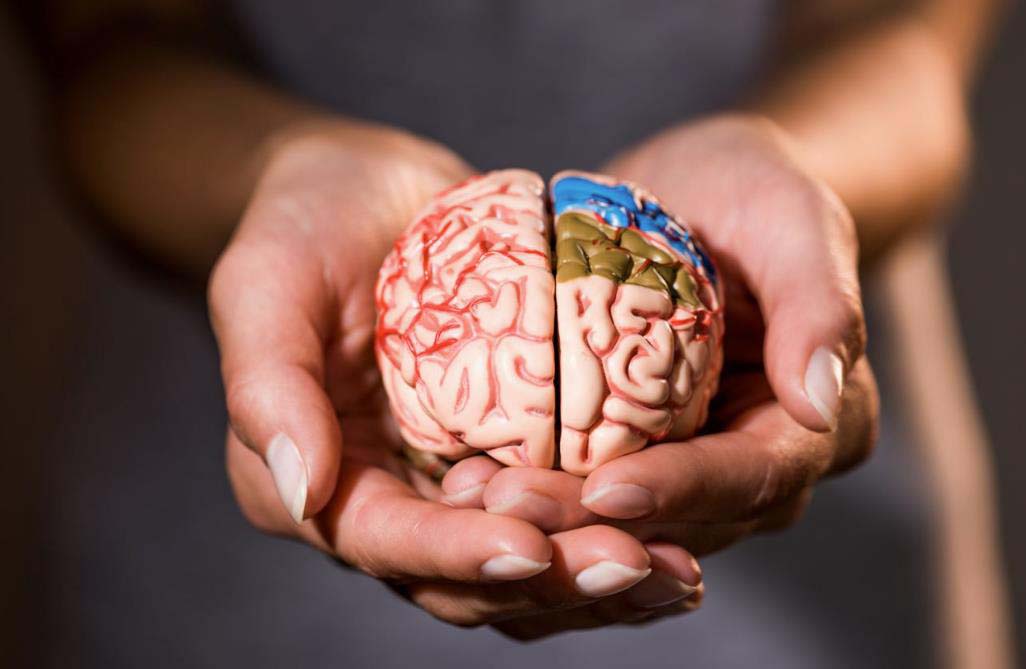
In honor of Thyroid Awareness Month, this blog will look more closely at how thyroid function is related to adrenal function, the stress response and limbic system impairment. Finally, we will explore if restructuring the brain can lend a hand in balancing and improving thyroid function.
Brain and Thyroid Function
The brain is the control center for optimal health and drives the functioning of all systems of the body. The limbic system is found within the midbrain and is associated with things like emotion, learning, memory and the body’s stress response. The thyroid is a small, butterfly-shaped gland located at the base of the neck, just below the Adam’s apple.
The thyroid gland makes two main hormones: thyroxine (T-4) and triiodothyronine (T-3). These hormones affect every cell in the body and play a vital role in regulating and controlling metabolism — how your body uses energy. They are also involved in reproduction, growth, development, and regulating body temperature, heart rate, and blood pressure. There are thyroid receptors in every single cell in your body and they are especially prevalent in limbic system structures.
When your thyroid gland isn’t producing enough hormones, you might notice symptoms like feeling tired, forgetful or depressed. You might also experience joint and muscle pain, weight gain, constipation, difficulty tolerating cold, dry skin and thinning hair, irregular or heavy menstrual cycles or infertility.
What Does This Have To Do With Chronic Stress?
Together with the adrenal glands, the thyroid gland responds to our body’s continually changing conditions by producing and releasing hormones that are needed throughout the body.
The adrenals are glands that produce a stress hormone called cortisol. Cortisol is needed in the ‘fight or flight’ response which is a healthy and natural response to perceived danger. Cortisol also controls blood pressure, regulates the metabolism of glucose, and helps to reduce inflammation. Let’s focus on the role cortisol plays in regulating the stress response inside your body.
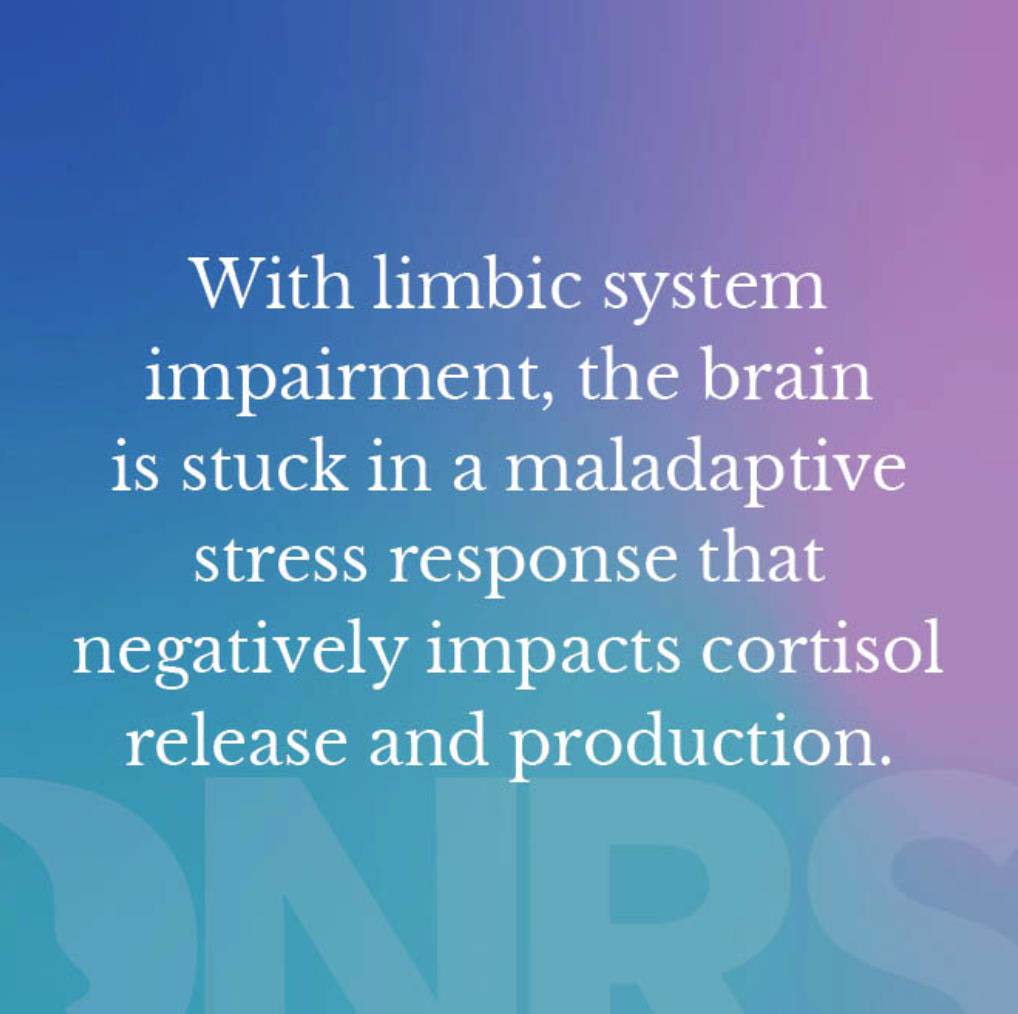
During times of stress, your body will release cortisol after releasing its “fight or flight” hormones, such as adrenaline, so you continue to stay on high alert. Once a perceived threat has passed, hormone levels typically return to normal. However, with limbic system impairment, the brain is stuck in a maladaptive stress response that negatively impacts cortisol release and production.
Too much or too little cortisol can interfere with thyroid hormone production. Simply put, your thyroid gland needs the right amount of cortisol to function optimally. Thyroid function is also indicated in conditions such as Hashimoto’s disease, chronic fatigue, mast cell activation syndrome, anxiety, chronic inflammatory response syndrome, and others. The good news is that people with these same conditions have benefited through applying the self-directed neuroplasticity tools within the DNRS Program!
What is the DNRS Program?
The Dynamic Neural Retraining System™ (DNRS) is a drug-free, self-directed neural rehabilitation program, which uses the principles of neuroplasticity to help reverse limbic system impairment and regulate a maladaptive stress response involved in many chronic conditions.
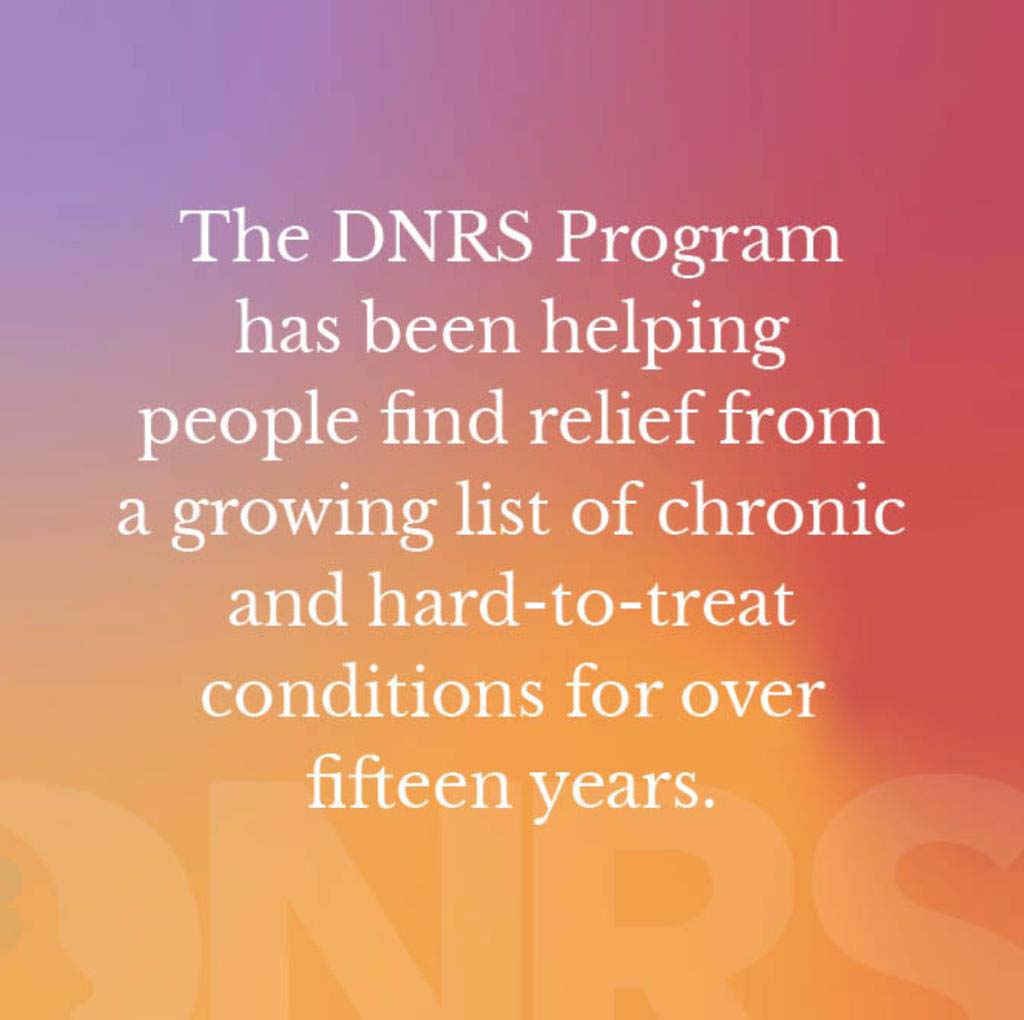
Chronic stress and various forms of trauma such as a viral or bacterial infection, extreme emotional or psychological stress, toxic exposure to chemicals or mold, physical injury, as well as many other forms of trauma can cause threat circuits in the limbic system to fire more rapidly. While this is typically a normal response, when the brain gets stuck in a chronic stress response, the neurons in the limbic system become oversensitized, meaning that they fire erratically with little or no stimuli.
When stuck in a survival response, the brain and body remain on high alert, even if the initial threat or trauma is gone. This maladaptive stress response can be caused by a single trauma or a combination of stressors and traumas over time. Symptoms can include everything from chronic inflammation and brain fog to digestive issues, lowered energy levels and numerous sensitivities, among other symptoms.
Can Restructuring Your Brain Balance Cortisol Levels?
We learned that the adrenal glands produce a stress hormone called cortisol which is needed in ‘fight or flight’, our body’s natural response to perceived danger. We also know that when our brains are stuck in this chronic stress response, they can become impaired which can lead to a host of chronic conditions and symptoms.
However, through the principles of neuroplasticity, you can retrain the brain to form new neural pathways, reverse limbic system impairment and heal your body of dysfunction. This begs the question — can regulating your brain’s stuck stress response also help balance cortisol levels to encourage healthy thyroid function?
Here is what members of our Global Community Forum are saying about how applying the DNRS program is affecting their thyroid function:
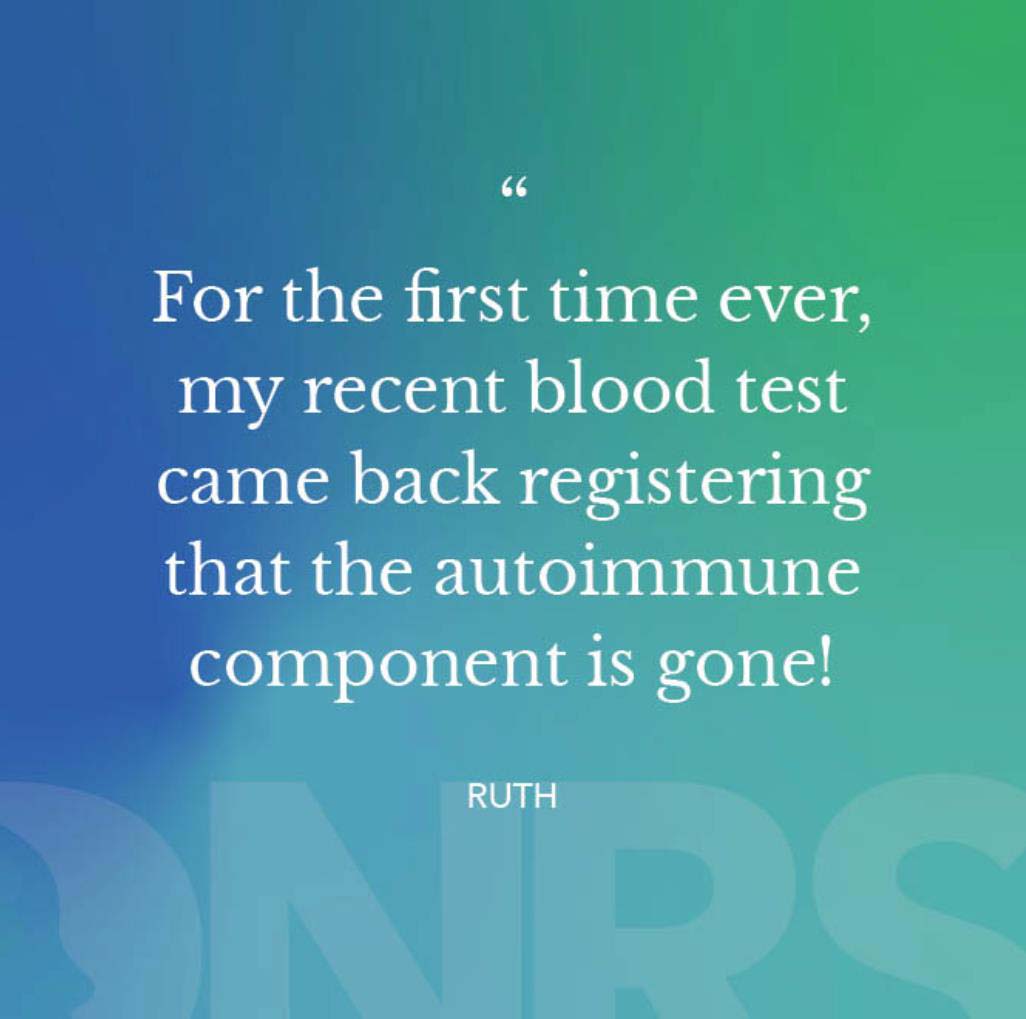
“I have had Hashimoto’s Thyroiditis for over 15 years. This means that in addition to thyroid disease, I have had an additional autoimmune component where my immune system has been systematically attacking my thyroid gland and essentially wearing it out. But no more! For the first time ever, my recent blood test came back registering that the autoimmune component is gone! The doctor thinks this is a very good sign that my thyroid gland is coming back into balance. I know that prayer combined with the DNR exercises have made the difference, and I am so grateful. So YAY!!” – Ruth
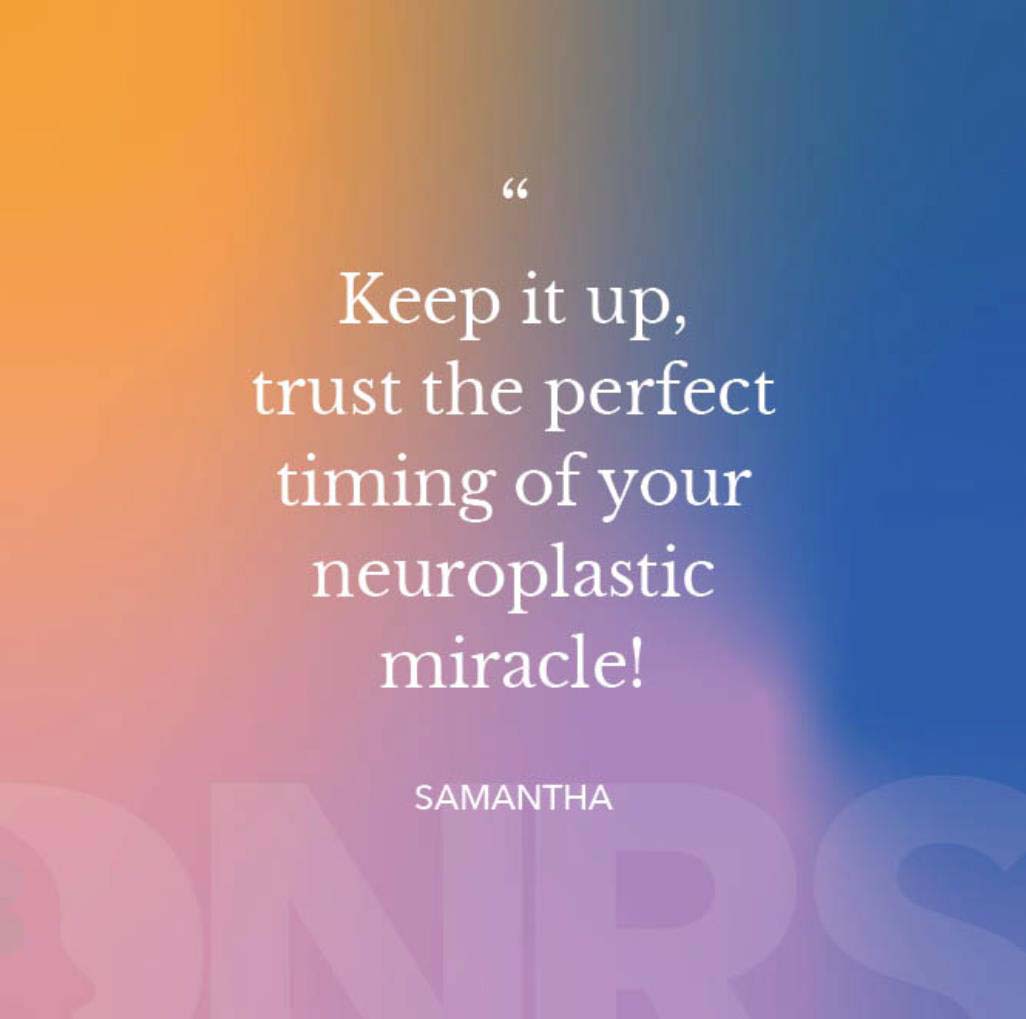
“Before DNRS I had my antithyroid antibodies checked every 3 months, and I had started taking medication that felt bad for my nervous system and aggravated what now I know is LSI (limbic system impairment.) Like Maria says, in my case thyroid meds did nothing for my ITs (symptoms) either. Since I started DNRS, I realized that all those ITs (symptoms) are limbic. And practically all of them have been disappearing over the course of these + 8 months. I have never taken a lab test again, nor tried a pill. I want to give more time to the retraining process, and then see how everything goes. I know there are other DNRS fellow retrainers and friends who have healed (remission) this autoimmune condition. Keep it up, trust the perfect timing of your neuroplastic miracle!” – Samantha
Learn More About The Global Community Forum
Want To Learn More About DNRS?
The DNRS Program has been helping people find relief from a growing list of chronic and hard-to-treat conditions for over fifteen years. It has been powerful to see how many seemingly unrelated symptoms turn out to be linked to limbic system impairment, and when addressed through brain retraining, thousands of people have been able to regain their health and reclaim their lives!

To learn more about DNRS, click here. Follow us on Instagram and Facebook for more information on neuroplasticity and the countless stories of inspiration we share from those in our Global Community Forum.

